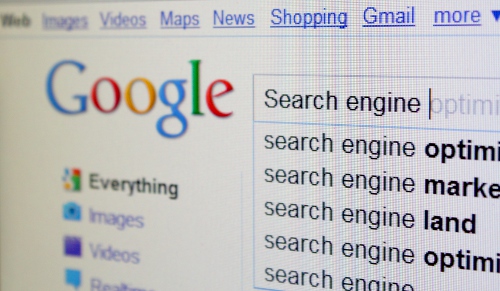In today’s revolving Internet market, in order to achieve the best outreach possible, it is important to keep a very important acronym in mind: SEO, or Search Engine Optimization. It represents the process of improving the visibility of a website or a blog within the “natural” results (or, in other words, unpaid results) of a search engine.
This is not easy to achieve, so that is why publishers need to comprehend and study the best practices in order to take better advantage of SEO. There are many instructional sources and online courses over the Internet so, in this article, three important SEO practices that every publisher should take into account when creating content for a website or blog.
URL Formatting
It is something usually despised but, in fact, URLs are quite important. Not only for SEO, but for the overall user experience as well. For example, having a URL with a random code like site.com/articles/15849642647 is really less intuitive than site.com/article/this-is-an-article. The second is easier to remember, but it also is useful for SEO, as search engines also search URLs. Here is an example:
As one can see, the link is also highlighted in the result.
There are also some important guidelines to follow when dealing with URLs. The first one is consistency – whatever choices a publisher makes regarding URLs, their use must be consistent. Also, one should categorize them as much as possible but, at the same time, keeping it simple. As pointed out by InspireBlogger, URLs should basically be clean and easy to understand.
Image ALT Tags
Images are, more often than not, something that is taken lightly by publishers, that usually are unaware of their potential value in terms of SEO. User experience is also valued by search engines, especially Google, and images are an obvious part of that – no one likes to read huge walls of text, and images are useful for that and explaining what is being said.
In order to make their images suitable for what SEO demands, publishers must pay attention to their ALT tags. ALT, that stands for “alternative text”, is a piece of text that is presented whenever an image cannot be loaded or the site is viewed in a browser that does not support the image. In addition, ALT tags are also important for users with visual impairments, who navigate the web using softwares that read webpages out loud (known as “screen readers”).
Sorting ALT tags is rather easy on platforms like WordPress, while publishers dealing with code will need to use the alt parameter inside the HTML code of an image:
<img src="image.jpg" alt="This is where the ALT tag goes" height="250" width="250">
404 Page
Another website part that is often forgotten is the 404 page, the page that appears whenever the server encounters a 404 error. Granted, this is a page that, ideally, would never appear to a user. However, since this is not a perfect world, publishers should ensure that their website or blog has a proper 404 page.
It can be funny, different, informative or anything else, but putting a 404 page together shows commitment from the publisher and pleases the user, as it keeps him in the loop. For example, Google’s 404 page gives the user a link back to its homepage, making the navigation experience much easier. Google also provides useful advice to create a 404 page, be sure to take a look.

